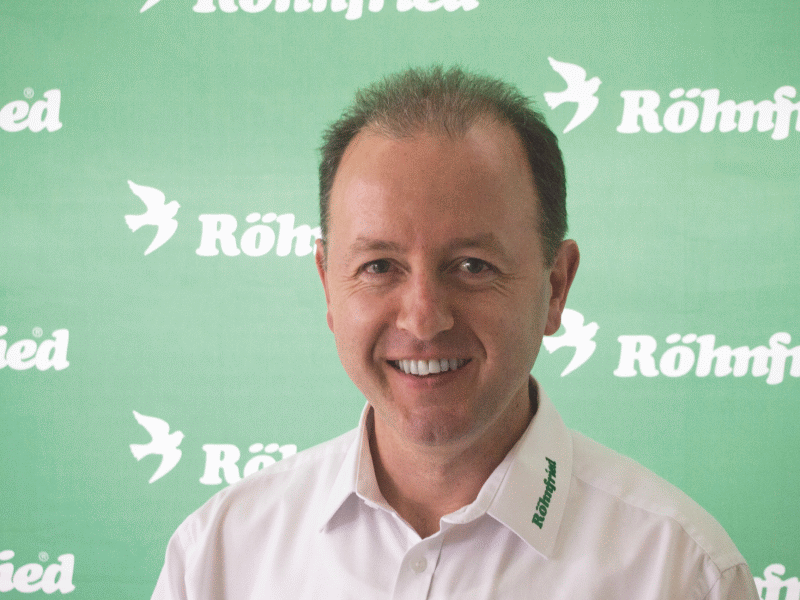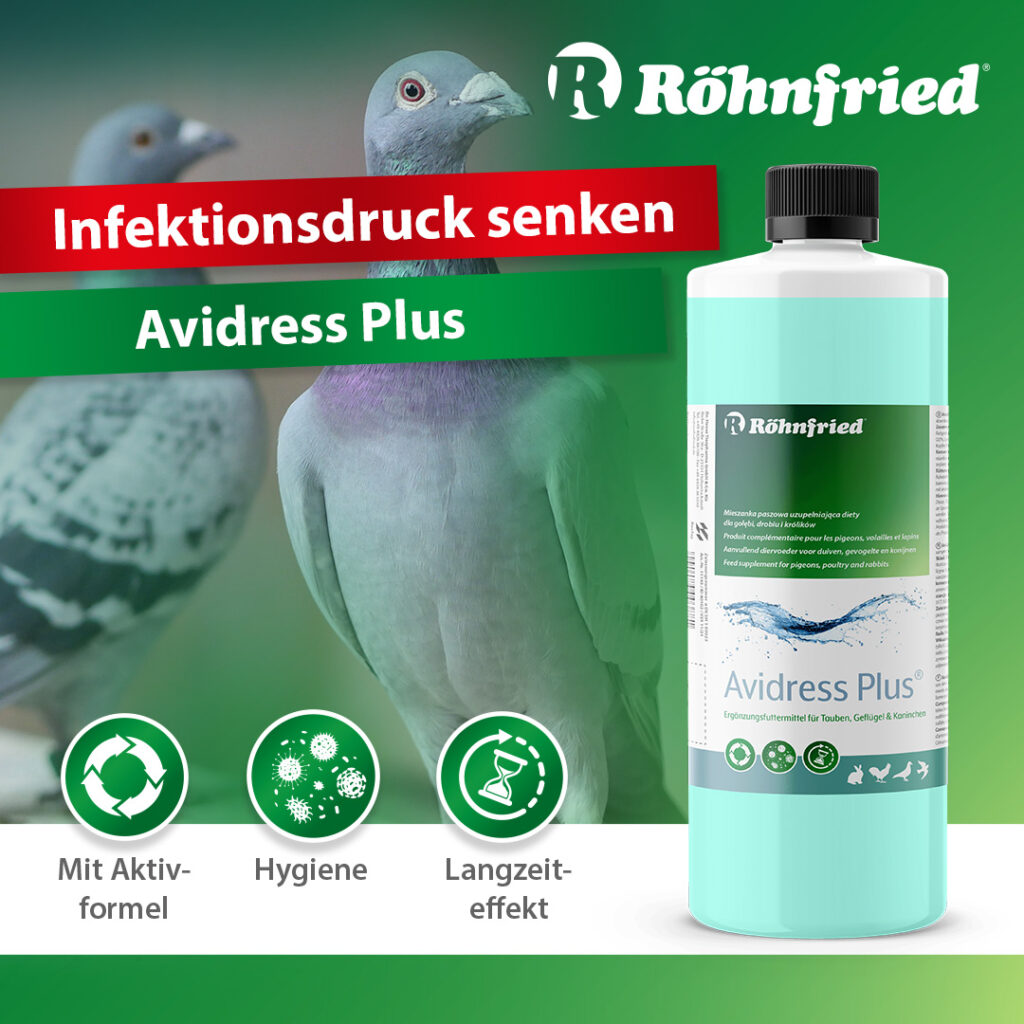The moult will soon be over – what about the further care of the pigeons until spring – by Alfred Berger…
That actually depends on when the re-mating is planned is. Anyone who runs winter breeding simply feeds the moult feed further! Because a needs-based moulting feed also covers the supply the main nutrients also for breeding! That's why I already before years my optimized mixtures breeding & Called Mauser!
Early breeding in particular has the great advantage that many breeders Optimally supply pigeons in autumn, i.e. with additional ones Supplementary feed that supports the moult and the metabolism, and the pigeons are in a first-class condition. And only pigeons in first-class condition can be above average get offspring! Our current association champion Wolfgang Roeper uses it even during the moult to relieve the metabolism organic phosphorus. That's actually the most important thing today Insight: Successful competitive athletes like our carrier pigeons now also optimally fed in winter!
We used to have the moult as a big burden for the pigeons viewed - I still remember an article in which the author emphasized that moulting is not a disease - that's how they are Animals today, thanks to our optimized feed systems, in a whole different constitution before, during and especially after the moult. And since the weather in December is often more favorable than in January or February, you can easily without any other preparations mate.
If the racing pigeons are mated later and are young (often affects the darkened ones) not yet through the moult, that will too optimized moulting feed simply fed further. yes i recommend even not to switch to a classic winter lining at all. very 5 to 10% of trimmed oats in the moulting mixture has proven to be a good idea to mix in and feed just enough so that there are no oats remains. The pigeons are then always full, but do not take any unnecessary weight, which then hinders breeding in the spring, respectively must be trained again.
Also have paddy rice in larger proportions up to 25% or even more well proven. Although this is at first glance a bit more expensive, after In my experience, however, it is definitely much better than barley! Then high proportions of barley make the pigeons fat more than one a variety of moulting or breeding feed. And the feed consumption is at optimized mixtures are always significantly lower and thus the Taube relieved - which is always an advantage! I hope it is everyone clear that one-sided feeding creates deficits. Through diverse mixtures, which also contain valuable soybeans contains not too small a proportion of seeds as well as rapeseed and hemp, not too many carbohydrate-rich cereals such as wheat, barley, Corn, Millet, Sorghum (Milo + Dari), is also used in
Winter made sure that the pigeons stay in a better condition, even without a free flight!
Then one must not miss that the pigeons straight even when it's cold weather have a high basal metabolic rate. This has consequences for active ingredient requirements. So I think especially in winter and also in phases of rest regular vitamin supplements are part of optimal travel preparation to. Mistakes are difficult to make up for in the spring.
But I don't want to miss mentioning one thing: a tight one Feeding, i.e. a deliberately small amount of food, but this one put together in a variety of ways, ensures that my pigeons get theirs improve digestion! With a really tight feeding it comes to Adaptation processes that lead to the fewer feed better is recycled! Pigeons in this condition are then called good ones feed processor!!! And aren't they often the good feed converters, that is the so-called "edge eaters" who are our aces? So you can Rest periods make sense at this time of the year without extra effort use to make his pigeons good feed converters. And that works just very simply about a very scarce feeding more diverse mixtures. And the trimmed oats help keep the amount just under keep.
Basically a very good thing, which I handle myself in a slightly different way. If "love couples" form as a result of the later separation, I think that's basically very good! I separate early, i.e. at the end of September or beginning of October, whereby the moulting ends very late due to my light regime. My females tend to have lesbian mating, but since I locked them out in the aviary during the day, that's no longer the case. Then they are mated early and, after separating, are kept together every two weeks or every other weekend for two to three, but a maximum of four days. Those are often weekends when I'm on the road, with the advantage that my "feed man" has fewer compartments to look after. I think staying together for a whole week is too long, since females will probably lay eggs then. But letting the pairs together more often in the winter until spring does a lot for good pair bonding. In my experience, racing females in particular mate less quickly in summer! I can't imagine that they fly faster because of that. But it's all about the couple bond, and it's definitely more intense and therefore less of a problem with lesbian tendencies!
Her Alfred Berger

Advertising:




